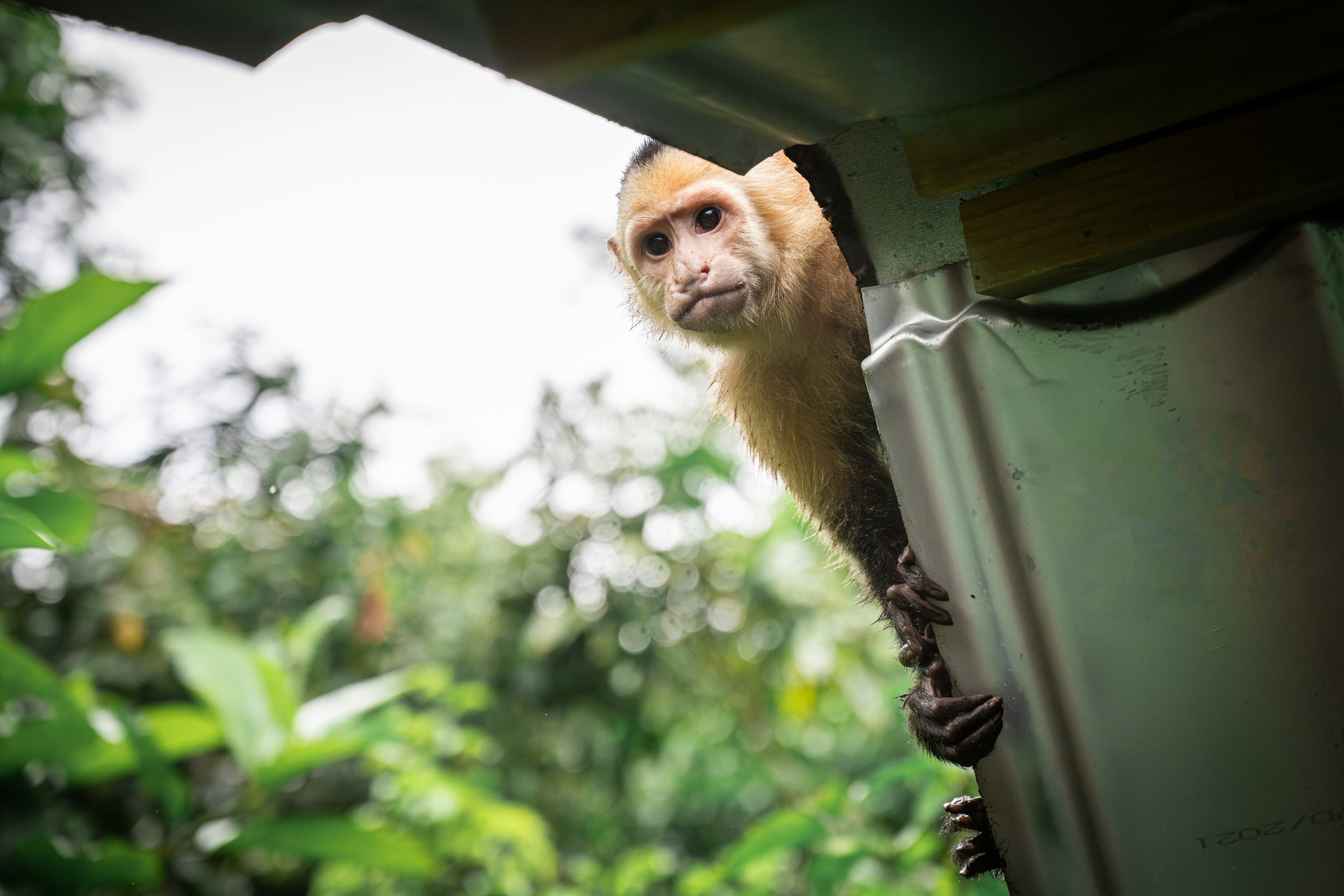
FREQUENTLY ASKED QUESTIONS
You’ve got questions, we’ve got answers.
Booking Questions
-
Absolutely! We have five double rooms, which can accommodate a couple or a single. Click here to book a short-term stay through Airbnb, and if nothing is available online, feel free to reach out to us directly.
-
We can comfortably accommodate up to 12 guests, including facilitators, providing your group with exclusive access to the entire space and the full attention of our staff to meet every need. For larger groups, two single-occupancy casitas on a neighboring property are available at an additional cost.
-
Check-in begins at 1 pm on the first day, and check-out is by 11 am on the last day. If you arrive before 1 pm, you may need to wait until your room is ready. Late check-out is possible, but please be packed and out of your room by 11 am to allow our housekeeper to prepare for the next guest. You are welcome to use the facilities until your departure.
-
Depending on availability, you can arrive any day! Be sure to book well in advance as our calendar fills up quickly.
-
As long as we have room, you are welcome to stay as long as you wish! We've had guests stay for six weeks. Reach out to us directly and we can come up with a custom package that works for you or your guests.
-
See our full terms and policies here.
Travel Questions
-
Unfortunately, no. To enter Costa Rica, you must show proof of onward travel, either a pre-paid airline or bus ticket to exit the country. Airlines do not always ask for this documentation, but Costa Rica Immigration may deny you entry without proof of onward travel.
-
There are no mandatory vaccines, but the United States Center for Disease Control and Prevention recommends that travelers be up-to-date on routine vaccines (MMR, DPT, etc.), as well as hepatitis A, hepatitis B, and typhoid. Travelers coming from some African countries as well as Bolivia, Venezuela, Brazil, Peru, Columbia, Ecuador and Guyana must have a yellow fever vaccination certificate.
You can find updated information on the CDC's website as well as Visit Costa Rica.
-
ATMs are readily available in the larger towns and cities. Most travelers bring a small amount of cash (USD) with them and withdraw from ATMs as needed along the way.
-
Major credit cards, personal checks and debit cards are largely accepted through the country but may not be accepted in smaller shops or towns. Master Card and Visa are accepted much more widely than American Express. Cash is king.
-
Yes, almost all good and services can be purchased with U.S. dollars while in Costa Rica. Change may be returned to you in Colons, Costa Rica's currency however.
-
Find updated exchange rates here.
-
Tipping is not customary in Costa Rica, but it is common in the tourism industry for professional services. It’s polite to tip guides and drivers based on their performance, generally between $2 to $10 depending on your group size. Note that restaurant bills include a mandatory 10% tip, and leaving additional gratuity is uncommon.
-
Many Costa Ricans in the tourism industry speak conversational English. However, as you venture into more rural areas, you may encounter people who speak only Spanish. Costa Ricans are known for their friendliness, so if you face any language barriers, a smile, hand gestures, and an English-Spanish dictionary will go a long way.
-
Costa Rica’s electricity operates at 110 volts and 60 hertz, the same as in the United States and Canada. Visitors from countries with other electrical systems, such as those in Europe will need adapters for their electrical devices.
-
Internet is very common throughout the Central Valley and many tourist destinations. Hotels and restaurants often provide free WiFi service, and local internet cafes offer high-speed connections for around $1 USD per hour.
-
That depends on your provider; call in advance to arrange international roaming. Once in Costa Rica, you may also purchase a pre-paid phone card for use with your GSM or 3G cell phone. Phone cards are available at the international airport and may be purchased for $10 USD.
-
No, your home license is valid in Costa Rica for the duration of your tourist entry stamp. When driving, always carry your passport, or a copy of your passport ID page and entry stamp page, showing proof of legal status in the country.
-
Costa Rica enjoys a temperate tropical climate with two distinct seasons: the dry season (December to April) and the wet season (May to November). The average yearly temperature ranges from 71°F to 81°F. During the rainy season, also known as the green season, mornings are typically sunny, with showers in the late afternoon.
-
September, October, and November typically see the most rain, usually in the form of late afternoon thunderstorms lasting one to two hours. In exchange for a bit of rain, you can enjoy 10-40% off high-season hotel rates.
-
Costa Rica is internationally recognized for its top-notch medical services, both public and private, thanks to its wealth of skilled surgeons and state-of-the-art facilities. For minor aches, pains and bruises visit a local pharmacy.
-
Yes, you can drink the tap water throughout most of the country. Casa Nautika's water comes straight from a spring on the mountain. In certain remote areas, water may not be potable. You will see warning signs of “Agua No Potable.”
-
Costa Rica is a Catholic country, and its most important holidays revolve around religion. Holy Week, known as Semana Santa, is the week leading up to Easter Sunday – and a very popular travel time. Christmas (December 25) is also important, followed by Costa Rica’s Independence Day, celebrated on September 15.
-
Costa Rica does not observe daylight savings time, so it operates at GMT-6 year-round. During daylight savings time in the United States (mid-March through early November), Costa Rica is in the Mountain Standard (MST) time zone. The rest of the year, Costa Rica is in the U.S. Central Standard (CST) time zone.
